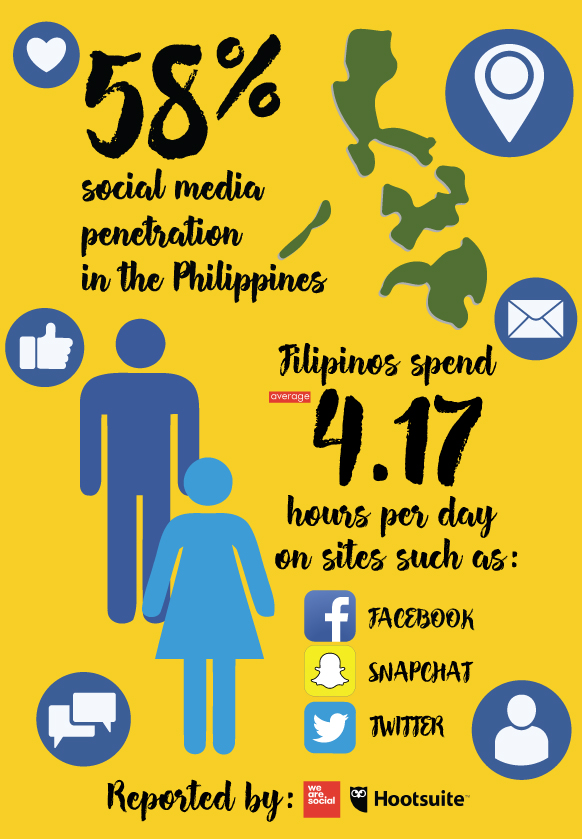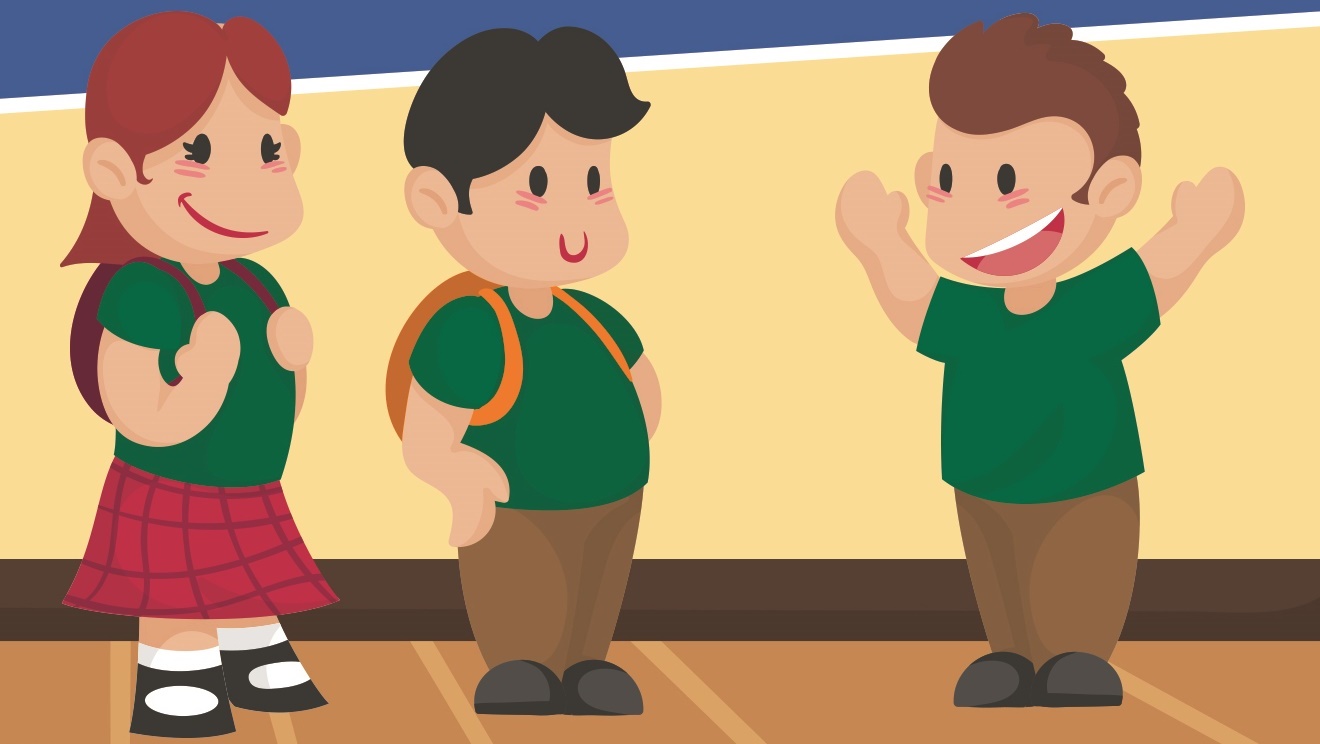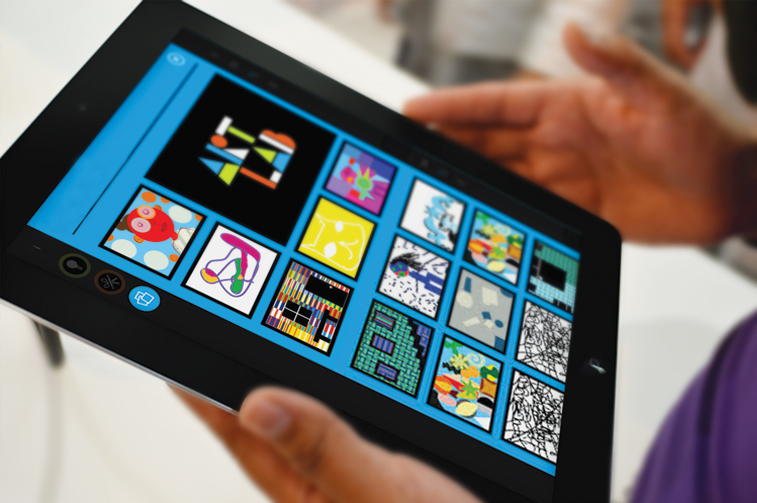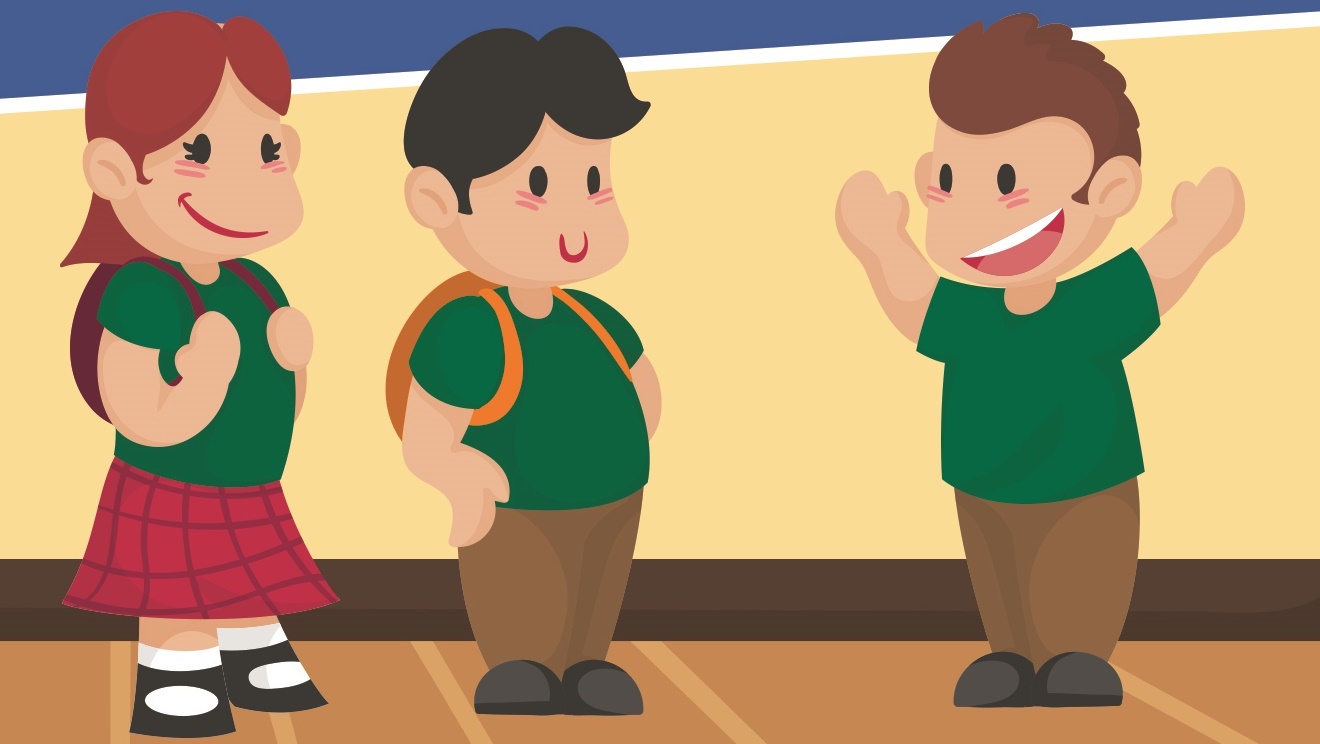Social Media 101 for Teachers
by Kat Castañeda

The education sector has already taken the leap to use technology and social media as a tool to effectively reach out to students. It has indeed helped teachers make ideas and concepts more interesting and engaging. Although there are many benefits of actively using social media as a platform to communicate, there are also a number of risks, which teachers should take into account. We created a handy guide on the do’s and don’ts in the social media world and how teachers can smoothly separate personal and professional life online.
1. Think before you post. Teachers are viewed as professionals, and that stays the same even outside the classroom setting. A teacher who engages in social media group discussions— whether it is about education, showbiz, or politics, should be mindful of the comments she makes, as this is a reflection of her personality. Ask yourself first, “Is this helpful?” and “Will my audience benefit from this?” before liking or reposting links that you come across online. Make sure to think twice before clicking the “Post” or “Publish” button.
2. Filter what you post online. Set limitations when creating a post online. If you recently had a beach trip, it’s nice to share photos of the clear skies, blue water, and the sunset but not the pictures of you wearing shorts or a swimsuit. Nor is it nice to post photos of a teacher holding a beer and getting rowdy at a party, which just shows you are having too much fun and becoming unaware of your actions. This will definitely affect your image and how people perceive you like one of the teacher’s dilemma in this video. You can customize the setting of your accounts by letting a specific group of people view your more “personal” photos.

3. Create a teacher account. We want to keep a healthy parent-student-teacher relationship, and a way to do this is by communicating effectively even outside the four corners of the classroom. You can create a separate social media account where you can post updates for students and their parents. You may also use this to directly share pictures and videos of class activities. The parents will appreciate this, especially those working abroad. This lets them stay up-to-date on school activities and see the progress of their children. Check out how teacher Kathy Cassidy of Westmount Elementary School helped her students create blogs to share compilation of their school works here.
4. Do not over post. It is nice to share personal updates in your accounts, but keep it in moderation. Too much information shared on social media may place your security at risk. An example of this is posting a tweet saying, “Home alone ☹” at 11 in the evening; or posting on Instagram the latest gadgets and expensive accessories you bought from an out-of-the-country trip. Such show of vulnerability or opulence may attract shady characters and put you in danger.
5. Be in the “Digital Hallway”. Teachers, as well as parents, should be more involved in student’s social media activities. However, this does not mean going through their accounts, as you still want to respect their privacy. You can help them by mentoring students to observe proper etiquette online. For example, encourage them to use social media as a tool for collaboration and learning. Watch how this principal used social media to keep an eye on her students and why she did it.

At the rate that social media is growing, it looks like it is going to stay as a robust communication platform in many years to come. Instead of shying away from it, we should learn how to use it to our advantage as teachers. However, it should not replace personal face-to-face interaction. We must keep our communication lines open to our students so we can better help them become independent and creative life-long learners.
Additional resources:
PH world’s No. 1 in terms of time spent on social media
The Do’s and Don’ts for Teachers on Social Media
Additional resources:
PH world’s No. 1 in terms of time spent on social media
The Do’s and Don’ts for Teachers on Social Media
Previous Issues





